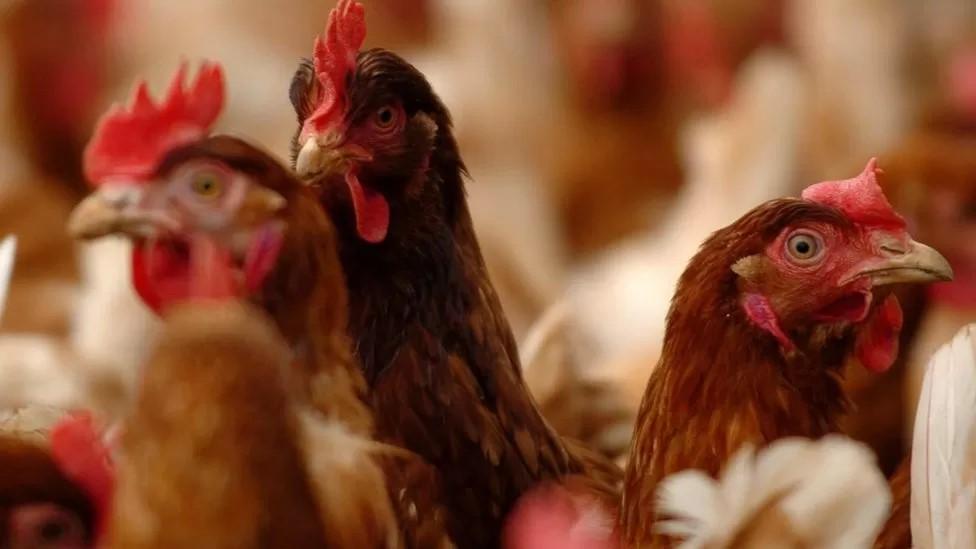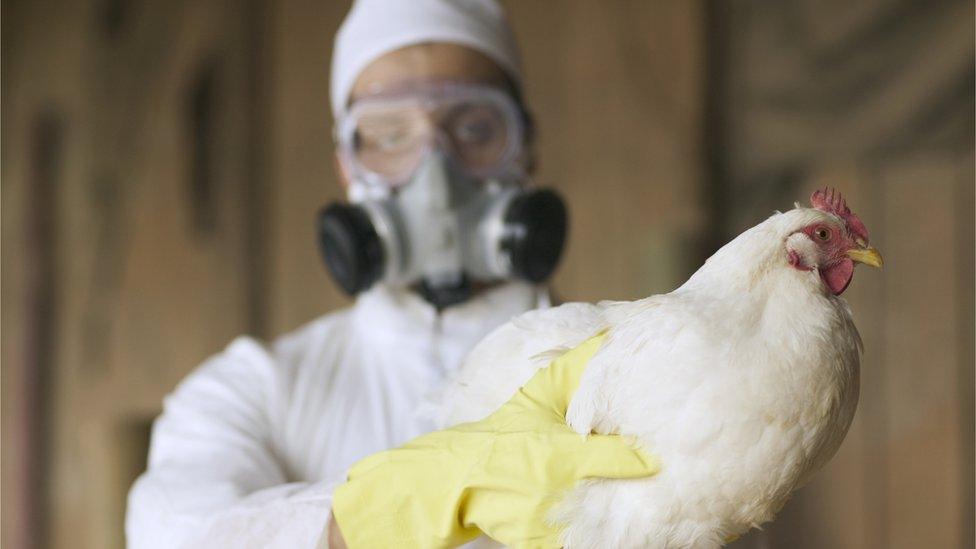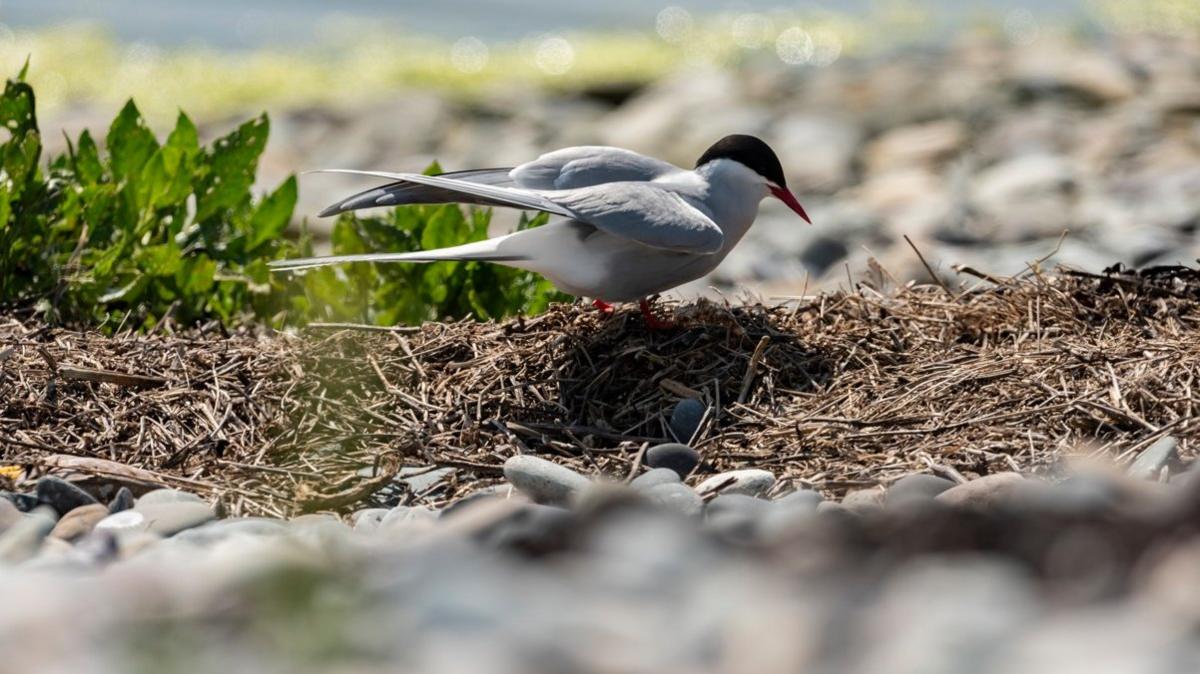Bird flu affecting the future of at-risk Common Terns
- Published

Common Terns are on the list of Birds of Conservation Concern
Bird flu has had a significant impact on the long-term future of an at-risk species in Northern Ireland, according to the National Trust.
Twenty-one dead Common Terns were lifted from Cockle Island at Groomsport during the recent breeding season.
Just 13 breeding pairs were recorded at the site in 2021 and 2022.
It is one of six wild seabird colonies managed by the National Trust in England, Wales and Northern Ireland.
The charity says the disease has wreaked havoc compared to 2022, when just one colony at the Farne Islands off the coast of Northumbria was affected.
It is calling for a co-ordinated approach to protect important populations of seabirds.
While recorded deaths at the Farne Islands almost halved in 2023, the charity says the virus hit a total of six notable seabird colonies in 2023.
As well as Cockle Island and the Farnes, deaths were recorded at Long Nanny in Northumberland and locations in Pembrokeshire, Dorset and Anglesey.
The losses in Cockle Island are described as significant.
With low breeding pair numbers on the site, the charity says it "it likely to have a major impact on the area's Common Tern population in coming years."
'Worst ever outbreak'
The Common Tern is classified as amber on the list of Birds of Conservation Concern, meaning it is of medium concern.
The current outbreak of Highly Pathogenic Avian Influenza began in October 2021.
It has been described as the worst ever outbreak of the disease in the UK and Ireland, with hundreds of thousands of birds culled in commercial or flock settings.
But assessing the impact of the virus on wild birds is harder.
The National Trust says there is "currently no sure way of protecting seabirds against the spread of the disease."
The charity is taking other measures such as habitat management to give the birds "the best fighting chance while building our understanding of impacts on the populations of different species".
It has called for a "co-ordinated approach to monitoring and implementing conservation measures across national governments, statutory agencies, researchers and conservation organisations to stand any chance of protecting our important populations of seabirds".
Related topics
- Published12 October 2022

- Published6 December 2021

- Published11 September 2023
